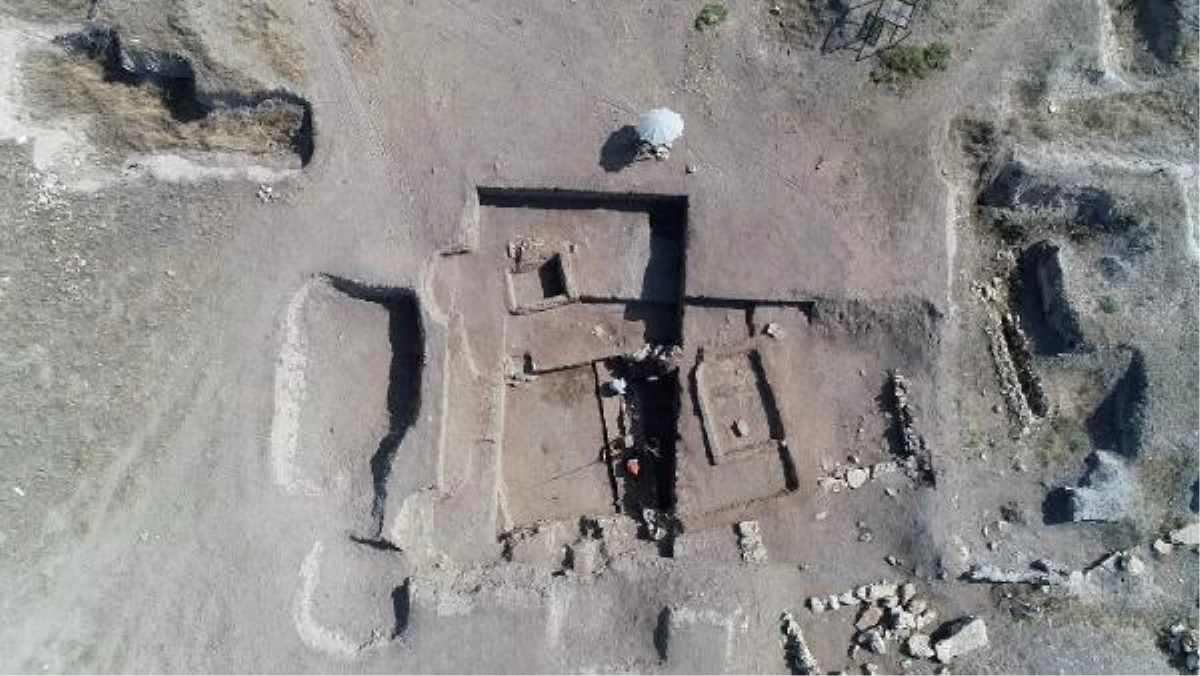
During the excavations of the first Bronze Age Kulluoba Mound in Eskisehir, where the first urbanization structure of 5,000 years ago in ANATOLIA was unearthed, more than 40 burial sites, including women and children, were found. Hacettepe University Department of Anthropology lecturer Prof. Dr. Yılmaz Selim Erdal said people lived to be about 40 years old at 5 thousand years ago as a result of the study on the skeletons found in burial sites. Prof Erdal added that "The life expectancy of the Early Bronze Age and its contemporaries is around 35-40 years. Infant and child mortality is very high. The limited food sources and the prevalence of infectious diseases represent an important situation."
Küllüoba excavations started in 1996. To date, objects revealing the cultural characteristics of the Early Bronze Age, as well as animal bones and settlements that have been found in the excavation area. During the excavations, tomb areas of stone cist and pottery dating back to 3 thousand BC were identified. While a team of 35 people was working in the excavation area, a new burial area was discovered. 40 pot-shaped tombs, which are estimated to date back to about 5,000 years ago, were unearthed in the area, among which the skeletons of children with their knees pulled to the abdomen, which is often referred to as the position in the mother's womb, were found. In addition, seals, hair rings, and jewelry, which were meant to be 'dead gifts', were found in big pots.
'TRACES OF HISTORICAL TRANSITION HAVE REVEALED'
Prof. Dr. Yılmaz Selim Erdal said that they saw the traces of the transition from the Late Chalcolithic to the Early Bronze Age in great detail during the Kulluoba excavation and that this meant a historical transition. Erdal said, "The most important element we see here in the burial area where human communities from different regions coexist and there are quite a variety of burial traditions due to the coexistence of different cultures, perhaps different ethnic groups. We can say that it is the only settlement where different tombs such as mud-brick cist graves, stone cist graves, pottery graves and simple earth graves, perhaps all of them, can be seen together."
THEY DIE AT 40 MAX
Stating that the skeletons found in the excavation were examined, important data representing the historical transition were obtained. Dr. Erdal explained that from the skeletons dating back to the 3rd millennium BC, it was determined that people lived only 40 years of age at that time. After the skeletons in the big pottery in the burial area were removed, they were sent to Hacettepe University Ancient DNA Laboratory for examination. It will provide data such as diseases, causes of death and living conditions with studies on the skeletons. Ancient DNA studies will reveal kinship relationships more clearly.
Son Dakika › Güncel › Bronze Age Kulluoba Mound: 5,000 years ago, humans could only survive into their 40s - Son Dakika
Sizin düşünceleriniz neler ?